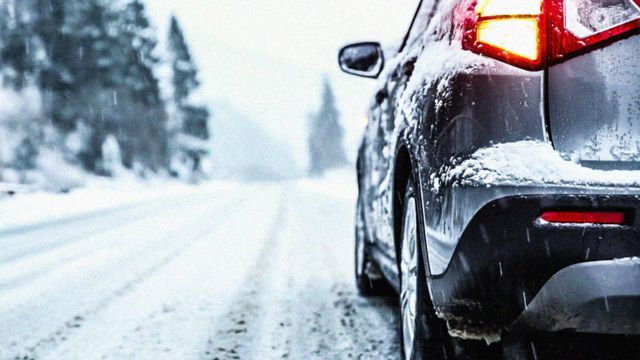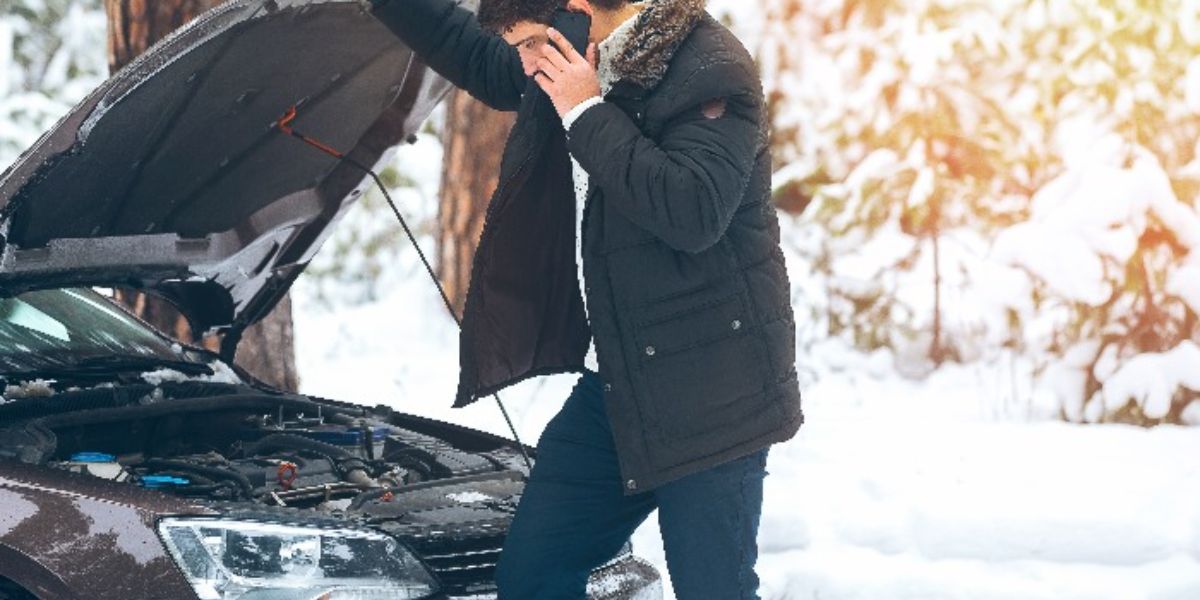As the winter chill begins to settle in, it’s time to make sure your car is prepared for the freezing temperatures ahead. Cold weather can have a significant impact on your vehicle, causing everything from sluggish starts to damaged components.
Taking a few simple steps now can help ensure that your car runs smoothly and reliably through the winter months. Here’s what you can do right now to winter-proof your vehicle.
1. Check Your Battery
Cold weather can drain your car’s battery, leaving you stranded if it isn’t in good condition. Batteries lose power as temperatures drop, and a weak battery is more likely to fail in freezing conditions. Make sure your battery is fully charged and in good working order.
Check for corrosion on the battery terminals and clean them if necessary. If your battery is more than three years old, consider having it tested at a mechanic or auto parts store to ensure it has enough life left to get you through the winter. If you’re in doubt, replace it before the cold hits.
2. Inspect Your Tires
Proper tire maintenance is crucial for winter driving, especially in areas prone to snow and ice. Tire pressure tends to drop in cold weather, so check your tire pressure regularly and inflate them to the recommended levels, which can usually be found on the inside of the driver’s side door.
Additionally, inspect your tires for any signs of wear and tear. If the tread depth is low, it’s time for new tires. Consider switching to winter tires if you live in an area that sees heavy snow or icy conditions. These tires provide better traction and handling in extreme weather.
3. Change Your Oil and Check Fluids

Ensuring that your car’s engine runs smoothly in the cold starts with the right oil and fluids. Cold weather can cause oil to thicken, making it harder for your engine to turn over. Check your oil level and consider switching to a winter-grade oil if your current oil is too thick for colder temperatures.
Also, top off other essential fluids such as coolant, brake fluid, windshield wiper fluid, and power steering fluid. A good quality windshield wiper fluid is especially important in winter when salt and grime can accumulate on your windshield. Make sure your coolant is at the correct level to prevent your engine from freezing.
4. Replace Worn Wiper Blades
Massive Winter Storm Watch in Effect for Tyler to Galveston, Texas
Your windshield wipers are essential for visibility during winter weather. Frozen precipitation and road salt can quickly cloud your view, so it’s vital to ensure your wiper blades are in top shape. Inspect your wiper blades for any cracks, tears, or wear. If they’re damaged or not working effectively, replace them.
Consider switching to winter wiper blades, which are designed to handle snow and ice better than regular wipers. Don’t forget to check your wiper fluid as well and ensure it’s filled with a winter-grade fluid that won’t freeze in the cold.
5. Ensure Your Heater and Defroster Are Working
A working heater and defroster are essential for comfort and safety in cold weather. Test your car’s heater to ensure it’s working efficiently, as a malfunctioning heater can make it difficult to stay warm during long trips. Similarly, ensure your defroster is working properly to keep your windshield clear of frost and fog, which can severely impact your visibility.
6. Check the Exhaust System
During winter, it’s especially important to make sure your car’s exhaust system is functioning properly. Snow and ice can block the tailpipe, which can lead to dangerous carbon monoxide buildup inside your vehicle. Inspect your exhaust system for any leaks or holes, and make sure the tailpipe is clear of debris or ice buildup.
If you notice any unusual noises or smells coming from your exhaust, have it inspected by a mechanic to prevent issues before they arise.
7. Prepare an Emergency Kit
Winter driving can be unpredictable, and it’s always a good idea to be prepared for emergencies. An emergency kit should include items like a blanket, non-perishable snacks, bottled water, jumper cables, a flashlight, a first aid kit, a spare tire, tire-changing tools, and any other items that could be helpful in case you get stuck.
If you live in an area with heavy snow, consider adding items like a small shovel, ice scraper, sand, or kitty litter to help with traction if you get stuck in the snow.
8. Check Your Lights
As daylight hours shorten during the winter months, proper visibility is critical. Ensure that all your car’s lights—headlights, brake lights, turn signals, and tail lights—are functioning properly. Clean off any dirt or ice from the light lenses so they shine brightly and help you stay visible to other drivers, especially during foggy or snowy conditions.
9. Top Off Your Gas Tank
It’s a good idea to keep your gas tank at least half-full during the winter months. A full tank reduces the likelihood of moisture building up in the gas lines and ensures that you won’t run out of fuel if you’re stuck in traffic or have to drive in poor conditions.
Preparing your vehicle for winter weather is essential for both safety and convenience. By taking these simple steps to winter-proof your car, you can avoid costly repairs, improve your car’s performance in the cold, and ensure that you’re ready for whatever the weather throws your way.
Don’t wait until the first snowstorm hits—take action today to make sure your car is ready for the freeze. Safe driving starts with a well-maintained vehicle!




